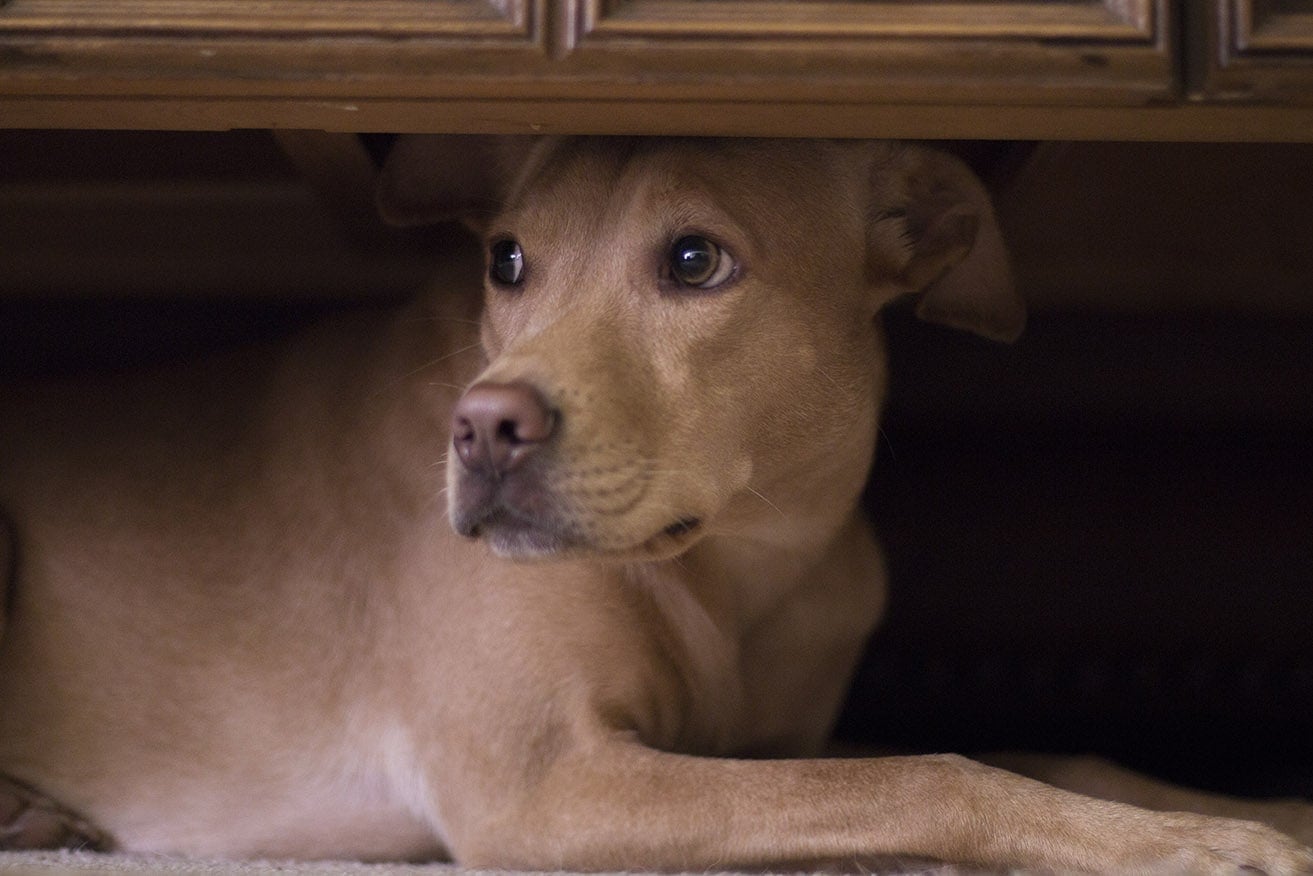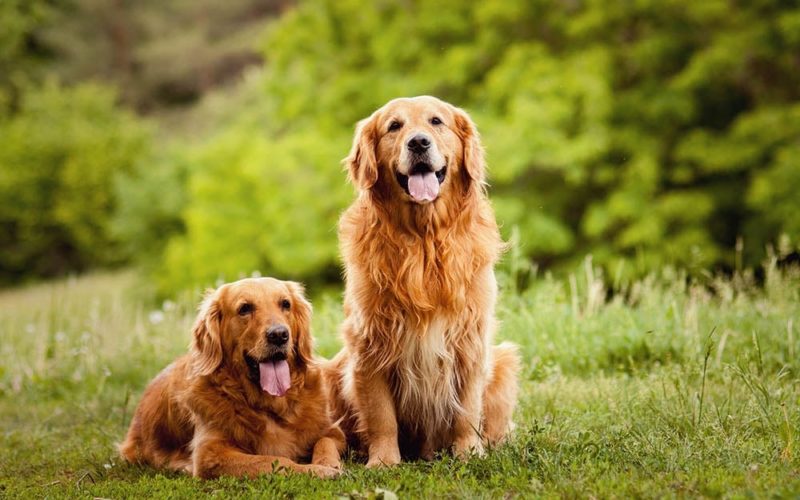Long-Haired Miniature Dachshund: Facts, Origin & History (With Pictures)

Updated on
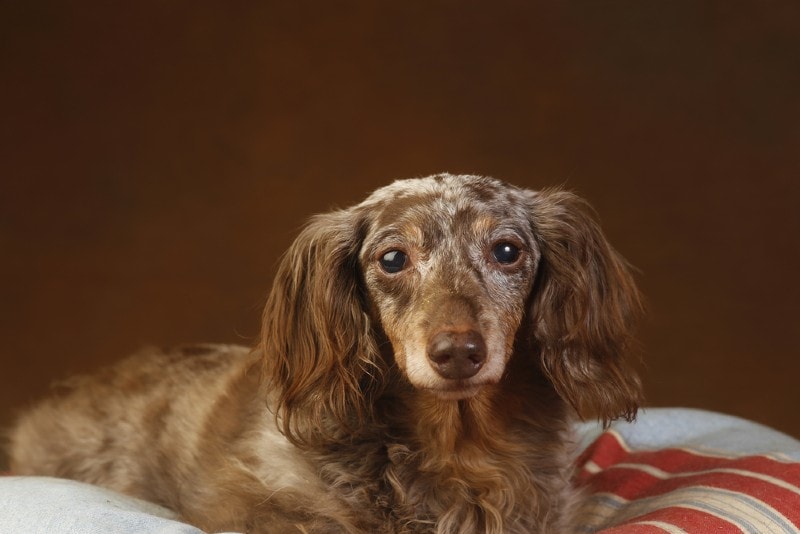
Click to Skip Ahead
Dachshunds are a popular breed of dog in the United States, according to the American Kennel Club. In 2018, they were ranked 12th in popularity among all dog breeds. Dachshunds are known for their long bodies and short legs. They are loyal and loving dogs that make great companions. Dachshunds come in smooth, wiry, and long-haired varieties.
Breed Overview
| Height: | 8 – 9 inches |
| Weight: | 11 – 32 pounds |
| Lifespan: | 12 – 15 years |
| Colors: | Black, red, cream, brown, sable, pied, brindle, grey, fawn |
| Suitable for: | Companionship to singles or seniors; families with older kids |
| Temperament: | Feisty, willful, vocal, alert |
The Long-Haired Miniature Dachshund is a unique variation: small in size, with gorgeous, long, flowing coats that make them stand out from other types. While they may require a bit more grooming than other Dachshunds, their loving and loyal personalities make them worth the extra effort. The Long-Haired Miniature Dachshund is a friendly and energetic dog that loves to play. They are also intelligent and easily trained.
If you are thinking of getting a Long-Haired Miniature Dachshund, be prepared to give them plenty of exercise, as they are full of energy. Read on to find out all about the history and origins of this fluffy, happy, clever doggy.
Long-Haired Miniature Dachshund Characteristics
The Earliest Records of Long-Haired Miniature Dachshunds in History
In the 15th century, Germans bred the Long Haired Miniature Dachshund as a dog to stalk badgers at ground level, follow them into their sets, and hold them there until hunters could catch up and dig the badgers out. Their placement in the Hound group is perhaps a result of a translation error (the term ‘hund’ means ‘dog’ rather than ‘hound’). They are really a terrier, as they were created to go down holes and keep prey at bay until hunters could reach them by digging. They have all the feist and spirit we might usually associate with terriers.
It is recorded that the standard-sized Dachshund first appeared in 1735, but they are likely to have been around for a much longer period of time than that. It is possible that at some point in time in their history, they may have been crossed with working French Basset types (bred to be long and low, so that they could be chased on foot instead of on horseback). Since it was normal to work hounds alongside terriers at that time, it is easy to understand how this type of combination of dogs came to be.
There are two theories that explain how the Long-Haired Dachshund came to be. According to one theory, Smooth Dachshunds occasionally produced puppies with slightly longer hair than their parents. By selective breeding of these animals, breeders eventually developed the Long-Haired Dachshund.
Another theory suggests the Smooth Dachshund was bred with a variety of land and water spaniels to develop the Long-Haired Dachshund. Any small dog breed in the spaniel group could have been crossed to create the Long-Haired Dachshund, for example, perhaps the German Stoeberhund and a Smooth Dachshund.
How the Long-Haired Miniature Dachshund Gained Popularity
The breed became longer, lower, and more refined once it reached England and found favor with royalty (Queen Victoria owned several). Dachshunds were selectively bred down to reduce their height and chest size when the need arose for a smaller dog to chase rabbits rather than badgers. A miniaturized version of the Long Haired Dachshund was introduced in the UK in the 1930’s, where the Long Haired version soon became the most popular of the three types of Dachshunds.
Today, Dachshunds are generally popular with apartment dwellers and people living in urban areas. Almost all major American cities, including New York, New Orleans, Portland, Los Angeles, and Chicago, have organized local dachshund clubs to meet the needs of owners and their dogs.
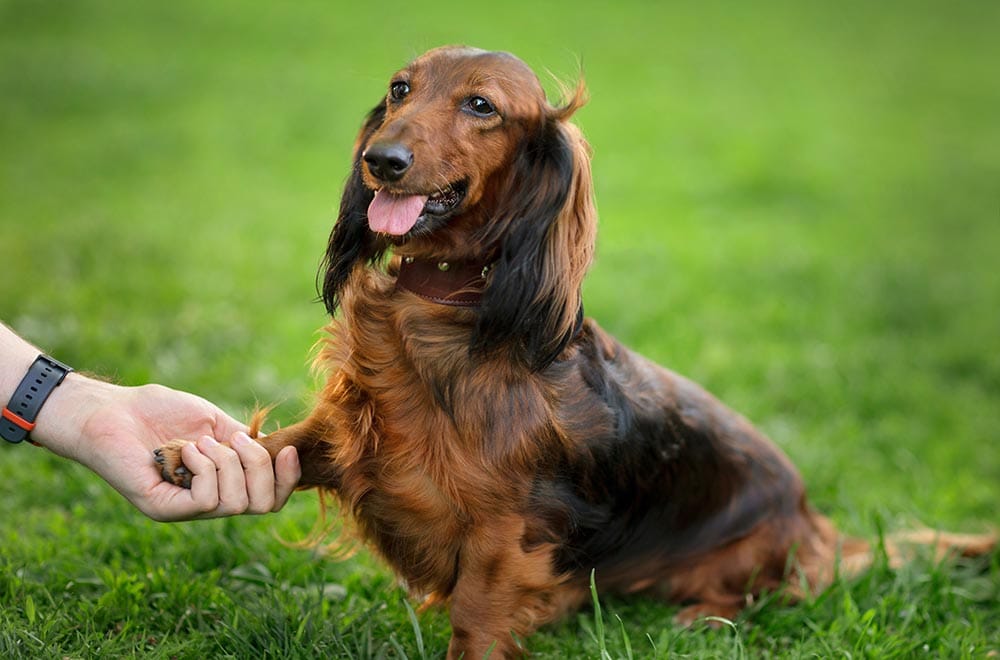
Formal Recognition of Long-Haired Miniature Dachshund
While their exact origins are unknown, it is believed that they were first brought to the United States by German immigrants in the late 19th century. The Dachshund as a breed of dog was admitted to the American Kennel Club’s Stud Book in 1885. The American Kennel Club (AKC) is a registry of purebred dog pedigrees in the United States, and the Stud Book is a record of all the purebred dogs registered with the AKC.
After their introduction, the popularity of the Dachshund in America was rapid and long-lasting. In the United States, the long-haired Miniature Dachshund has a long and varied history. Since their registration, these adorable little dogs have been beloved by Americans for decades, and their popularity shows no signs of waning.
Top 3 Unique Facts About Long-Haired Miniature Dachshunds
1. Dachshunds came before hot dogs
Due to the shape of these little dogs, they are often referred to as wiener dogs. Did you know that hotdogs were originally called Dachshund sausages when they were first introduced to the market as a food? This adorable breed of dog was the inspiration for the name of one of our favorite foods.
2. Dachshunds have gone to the Olympics (sort of)
As the first official mascot of the Olympics, it was a Dachshund that symbolized the games. A cute and colorful Dachshund named Waldi was chosen to be the official mascot of the 1972 Olympic Games in Munich, Germany.
3. There are Dachshund races
Watching these little dogs race is fun, even though it isn’t a serious sport. In 1995, the Wienerschnitzel Wiener Nationals were first held in California, and the event has been taking place ever since.
Do Long-Haired Miniature Dachshunds Make Good Pets?
While there are many factors to consider when choosing a pet, long-haired miniature Dachshunds can make good pets for the right owners. They are intelligent and active dogs that need plenty of exercise and stimulation, so they are best suited for families who can provide them with plenty of attention. They can be stubborn and independent, but with proper training and socialization, they can be loving and affectionate family companions. In general, long-haired miniature dachshunds tend to be good-natured and gentle dogs that enjoy the company of people, making them good candidates for families with children.
It is always important to supervise young children around any dog, regardless of breed or size, to ensure that everyone remains safe and happy. Bear in mind that Long-haired Miniature Dachshunds are also more prone to mattes and tangles, which can be painful for the dog if not brushed out regularly. So you will need to groom them carefully and often.
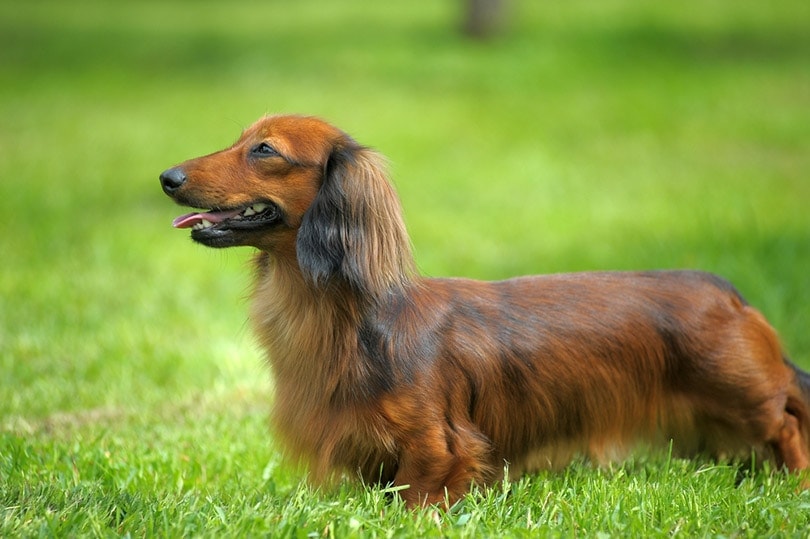
Conclusion
In conclusion, the Long-Haired Miniature Dachshund is a great breed of dog for those looking for a small, loving, and loyal companion. They are relatively easy to care for, although their long hair does require some regular grooming. They are pretty easy to train and are good with children. If you are thinking about adding a furry friend to your family, be sure to consider the Long-Haired Miniature Dachshund! And if you think this breed is right for you, be sure to do your research and find a reputable breeder.
Featured Image Credit: a katz, Shutterstock





